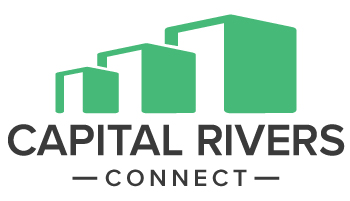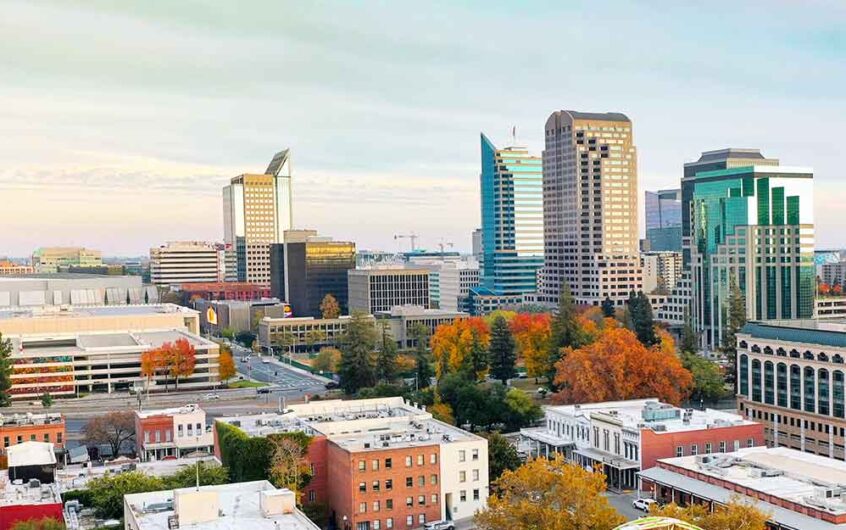Why Every City Needs a Strong Economic Development Plan
An effective economic development plan provides a roadmap for growth. It helps city leaders and economic development teams prioritize resources, attract investment, and deliver tangible improvements for their community. Without a defined plan, cities risk reacting to trends rather than shaping their future.
The key is to start with a realistic foundation rooted in market awareness and collaboration.
Step 1: Study Your Neighboring Cities
The first step in any successful economic development plan is to understand what’s happening beyond your city limits. Neighboring cities provide valuable insight into market trends, competitive advantages, and opportunities for collaboration.
Here’s how to approach it:
- Build a regional network. Call neighboring economic development offices to learn about their upcoming projects.
- Drive through surrounding areas. Take note of new home construction, industry expansions, and retail developments.
- Identify gaps and strengths. This research reveals where your city is well-positioned compared to your neighbors—and where you may be falling behind.
Pro tip: Partnering with neighboring cities has more benefits than drawbacks. When you collaborate, you not only share insights but also create a stronger regional economy that attracts larger employers and retailers.
Step 2: Align with Your City Council
Even the best economic development plan will stall without political alignment. Your city council plays a crucial role in shaping policy, funding, and long-term priorities.
Here’s how to build that alignment:
- Educate with data. Share what you’ve learned from your regional market research.
- Clarify what’s realistic. Help your council understand which projects are achievable based on your city’s current position.
- Redirect when needed. If council members want to mimic another city’s success, be prepared to pivot. Instead of copying, focus on unmet needs and overlooked opportunities.
Your findings from Step 1 will make these conversations more productive and help set realistic, data-backed goals.
How to Build an Economic Development Plan in 5 Steps
If you’re ready to create a more structured economic development plan for your city, follow these five steps:
- Assess your current position. Evaluate your city’s workforce, housing stock, retail mix, and infrastructure.
- Study the region. Compare your city’s strengths and weaknesses with neighboring markets.
- Engage your council. Build alignment and ensure decision-makers are informed and realistic.
- Prioritize actionable goals. Focus on achievable wins that create momentum for larger projects.
- Review and adapt. Update your plan regularly to reflect changing market conditions and new opportunities.
The Big Picture
An economic development plan is not about quick wins; it’s about building a sustainable foundation for growth. When you combine market research, inter-city collaboration, and council alignment, your city can position itself to attract the jobs, housing, and retail that create a thriving community.
As the saying goes: “A city built for those close will attract those from far away.” By starting with the right strategy, you ensure that your city will grow and prosper.
Coming Up Next
Stay tuned for more insights in the next installment of this series. Also, keep an eye out for details on our upcoming Lunch & Learn, where we’ll share actionable strategies and answer questions from city leaders and development professionals.
Ready to Develop Your City’s Economic Future?
Capital Rivers Commercial works alongside cities and economic development professionals to create data-driven strategies that deliver measurable results. Contact us today to learn how we can help your city build a winning economic development plan.

